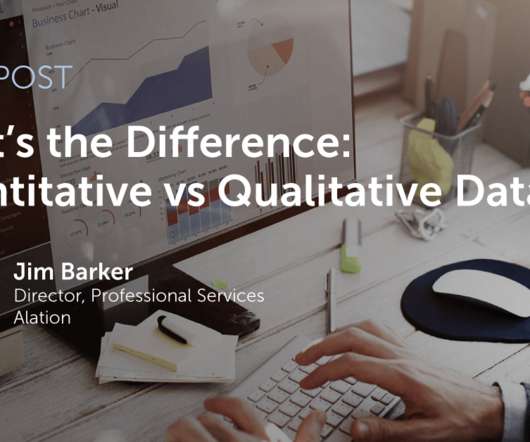How to unlock a scientific approach to change management with powerful data insights
IBM Big Data Hub
JANUARY 10, 2023
Coupled with a current climate that is proving to be increasingly ambiguous and complex, there is a huge opportunity to leverage data insights to drive a more robust, evidence-based methodology to the way we work and manage change. It can show whether perceptions are real, as well as unearthing unexpected insights.














Let's personalize your content